Sewing is a popular hobby and a practical skill that has been around for centuries. From hand-sewing to using advanced sewing machines, the tools used by sewists have evolved over time. With new sewing tools constantly being introduced to the market, it can be overwhelming for beginners to know which tools are essential and how to use them properly.
If you’re new to sewing or looking to upgrade your sewing tools, this article is for you. We’ll answer some commonly asked questions about sewing tools to help you better understand their purpose and functionality. So, let’s dive in!
What are the essential sewing tools?
While there are countless sewing tools available, some are essential for any sewing project. These include:
- 1. Sewing Machine: A sewing machine is a must-have for any sewist. It makes sewing faster and more efficient.
- 2. Scissors: Good cutting tools are essential for cutting fabric with precision. Invest in a high-quality pair of fabric scissors and keep them separate from other scissors.
- 3. Thread: Threads come in various colors and materials, such as cotton, polyester, and silk. Choose the appropriate thread for your project.
- 4. Needles: You’ll need different types and sizes of needles depending on your project. For example, use a thicker needle for heavy fabrics and a thinner one for delicate fabrics.
- 5. Seam Ripper: A seam ripper is used to remove stitches, making it an essential tool for correcting mistakes.
What is the purpose of each sewing tool?
Sewing Machine: A sewing machine is used to join fabric together using a thread. There are different types of sewing machines, such as mechanical, electronic, and computerized, each with specific features and functions.
Scissors: Scissors are used to cut fabric, thread, and other materials. A good pair of fabric scissors should have sharp blades and be comfortable to hold.
Thread: Thread is used to sew fabric pieces together. It’s essential to choose the right color and type of thread for your project, as it can affect the overall look and durability of the garment.
Needles: Needles come in different sizes and types, such as universal, sharp, or ballpoint. They are used to hand stitch or to sew with a machine. The type of needle you use depends on your fabric’s thickness and the type of stitch you want to create.
Seam Ripper: A seam ripper is a small tool with a sharp edge used to remove stitches. It’s useful for fixing mistakes or taking apart a garment.
What are the different types of sewing machine stitches?
Modern sewing machines offer a variety of stitches to choose from. Some common stitches include:
- 1. Straight Stitch: This is the standard stitch used for most sewing projects, such as joining two pieces of fabric together.
- 2. Zigzag Stitch: This is a versatile stitch that is used to finish edges, prevent fabric from fraying, and create decorative effects.
- 3. Buttonhole Stitch: As the name suggests, this stitch is used to create buttonholes on garments.
- 4. Overlock Stitch: This stitch is used to join two pieces of fabric while simultaneously trimming the edges, creating a clean finish.
What should I consider when buying sewing tools?
When purchasing sewing tools, consider their quality, functionality, and your budget. Buying high-quality tools may be more expensive, but they will last longer and provide better results. It’s also essential to consider the type of fabric you’ll be working with and purchase tools accordingly. Additionally, don’t forget to read reviews and ask for recommendations from experienced sewists before making a purchase.
Conclusion
Sewing tools are essential for any sewing project, and investing in quality tools can make a significant difference in your sewing experience. Knowing the purpose and functionality of each tool will help you choose the right ones for your projects. So, whether you’re a beginner or an experienced sewist, make sure to have the essential sewing tools in your toolkit for successful sewing projects.
Happy sewing!
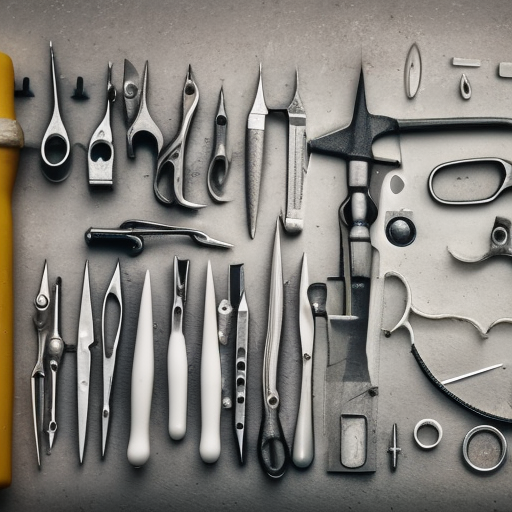
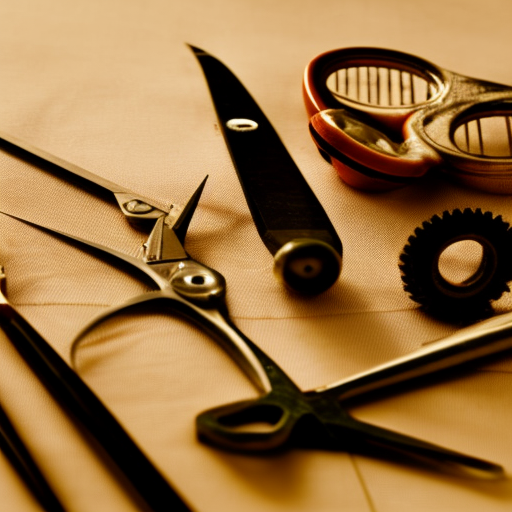
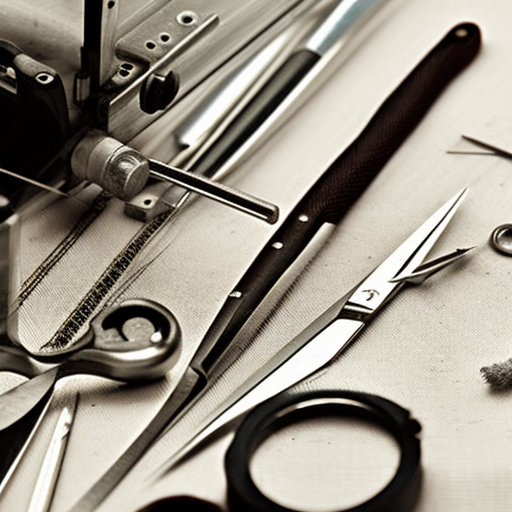
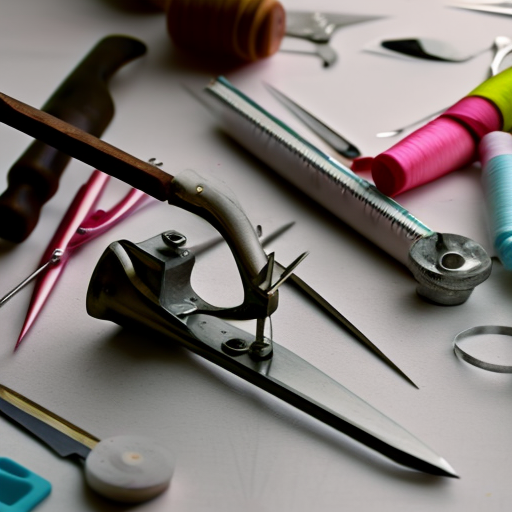
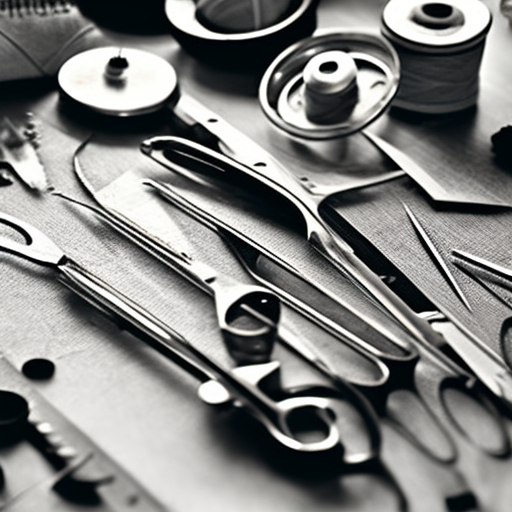
Great post, asking the right questions is key!
Haley Jones: What a great resource, thank you for sharing!
Amy Anderson: Definitely a helpful guide for those just starting out with sewing–thanks for the info!
Very useful post! Asking the right questions is essential to finding the right tools for the job.
Questions are great indicators for finding the best tools! It’s like a compass leading the way.